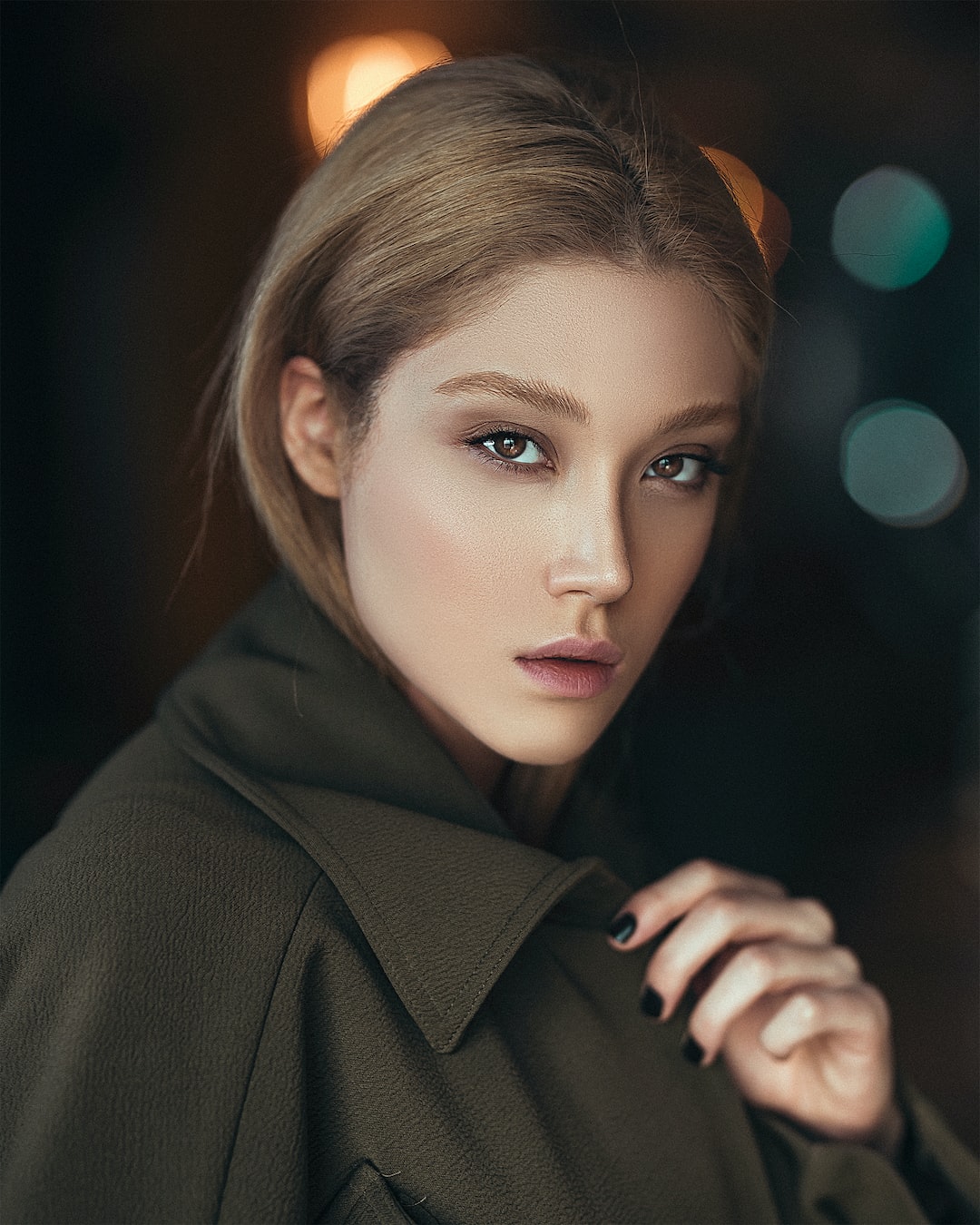Experimenting with Colors: Tips for Creating Stylish Color Palettes
Colors have the incredible power to evoke emotions, convey messages, and set the mood in various aspects of our lives. From fashion and interior design to graphic design and branding, understanding how to create stylish color palettes can greatly enhance our creative endeavors. In this blog post, we will explore some useful tips for experimenting with colors and creating visually appealing and harmonious color schemes.
1. Understanding color psychology:
Before diving into the world of colors, it is essential to have a basic understanding of color psychology. Different colors elicit different emotional responses. For instance, warm colors like red, orange, and yellow can evoke feelings of passion and energy, while cool colors like blue and green can create a sense of calmness and tranquility. By knowing the emotional associations of different colors, you can choose colors that best align with your goals and intentions.
2. Start with a base color:
When creating a color palette, it’s often helpful to start with a base color, also known as the primary color. This color will serve as the foundation for your palette, and other colors will be chosen to complement and harmonize with it. You can begin by selecting a color that resonates with your intended mood or theme, or explore trending colors for inspiration.
3. Experiment with color harmonies:
Harmonious color combinations are pleasing to the eye and create a sense of balance. There are various color harmonies you can experiment with, such as complementary, analogous, triadic, and monochromatic. Complementary colors are opposites on the color wheel and create a vibrant contrast when paired together. Analogous colors are adjacent on the color wheel and create a harmonious and soothing effect. Triadic colors are evenly spaced on the color wheel and offer a balanced and dynamic look. Monochromatic colors are tones, shades, and tints of a single color, creating a serene and sophisticated palette.
4. Consider color contrast:
Contrast is essential in creating visually appealing color schemes. By using colors that contrast with your base color, you can create a dynamic and eye-catching effect. Contrast can be achieved through differences in hue, value (lightness or darkness), and saturation (intensity). For instance, pairing a light pastel color with a dark, saturated color can create a striking contrast.
5. Play with color saturation:
The saturation of a color refers to its vibrancy or intensity. By varying the saturation levels within your color palette, you can add depth and visual interest to your design. You can experiment with desaturated or muted colors for a subtle and sophisticated look, or opt for highly saturated colors for a bold and energetic statement.
6. Consider the 60-30-10 rule:
When applying colors in a design, it is often helpful to follow the 60-30-10 rule. This rule suggests using one dominant color for 60% of your design, a secondary color for 30%, and an accent color for 10%. This creates a balanced and unified composition.
7. Test your color palette:
Once you have chosen your colors, it’s crucial to test them in different contexts and mediums. Colors can appear differently on various screens, materials, and lighting conditions. Test your color palette in print, digital, and physical environments to ensure that it remains consistent and visually cohesive.
8. Draw inspiration from nature and art:
Nature and art are incredible sources of inspiration for creating stylish color palettes. Take a walk in nature and observe the colors of flowers, landscapes, and sunsets. Explore different art movements and learn about famous artists’ color choices. By observing and analyzing these sources, you can glean insights into harmonious color combinations and unleash your creativity.
Experimenting with colors is an exciting and fulfilling process that allows us to express ourselves visually. By understanding color psychology, choosing a base color, experimenting with harmonies and contrasts, considering saturation levels, following the 60-30-10 rule, testing colors, and drawing inspiration from nature and art, you can create stylish and visually captivating color palettes for your creative endeavors. So, go ahead and embrace the colorful world around you – a world waiting to be explored and expressed!
